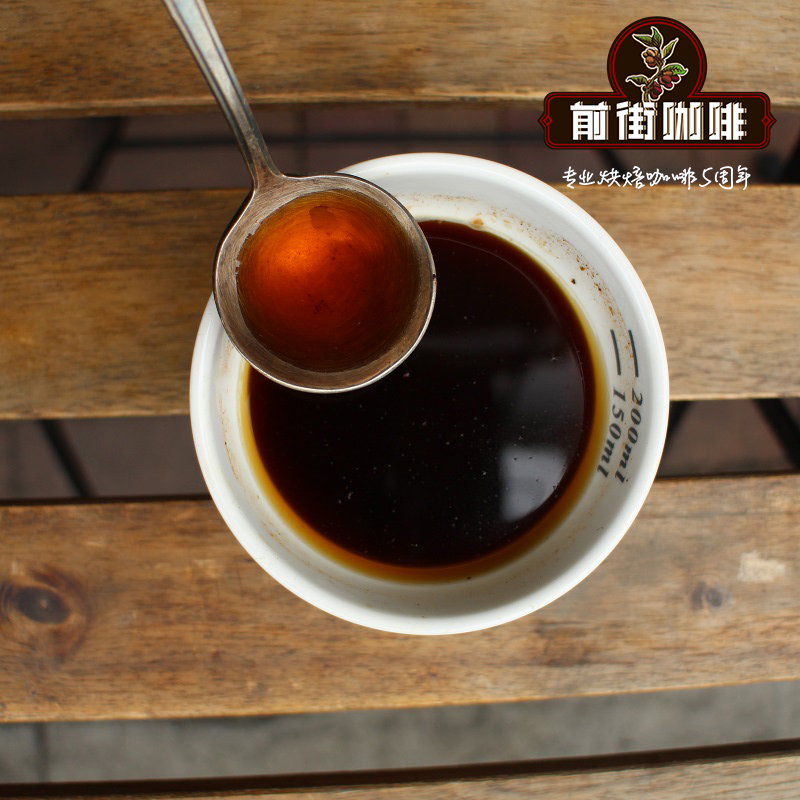What effect does defective beans have on coffee? Coffee Bean Defect Definition Coffee Main Defect Bean

Professional coffee knowledge exchange more coffee bean information please follow the coffee workshop (Wechat official account cafe_style)
It is often seen that roasters bake coffee and baristas pick out some defective beans before brewing coffee, so what exactly are defective beans? What is the effect of defective beans on coffee?
First of all, let's find out what are the defective beans.
Common impurities in coffee beans:
1. Stone
Coffee beans dried naturally in the sun are likely to be mixed with pebbles, gravel, wood chips and other foreign bodies. Occasionally a piece of glass or coins will be found.
2. Cereals
Like stones, coffee beans that are naturally dried in the sun may be mixed with cereals or seeds such as corn, and pepper grains have been seen.
Common defective bean patterns:
1. Shell beans, broken beans
Beans that become shell-shaped because of developmental problems are called "shell beans"; beans that are damaged during treatment or transportation are called "broken beans", both of which can cause uneven baking.
2. Fermented beans
When treated by water washing method, polluting fermented beans are produced in the fermentation tank. Delayed processing or improper preservation can also occur after harvest, and beans will smell funny when baked.
3. Moth-eaten beans
Because pests such as coffee bark beetles lay eggs on coffee trees, and the hatched larvae eat coffee fruits to form cavities, which is the reason for the turbid or strange taste of coffee.
4. Moldy beans
Beans that are moldy due to incomplete drying, transportation or improper preservation will remain moldy even after baking.
5. Unripe beans
Beans harvested before the coffee fruit is ripe. Coffee mixed with unripe beans will have a strong fishy smell, giving off a disgusting, smelly smell.
6. Black beans
Beans that fall black before harvest, or beans that are completely fermented and damaged. It is the source of the foul smell and rotten smell of coffee.
7. Dead beans
Beans that fail to bear fruit normally will lead to weak flavor and strange taste of coffee. The color after baking is also not good, so it is easier to distinguish after baking.
8. Smelly beans
The beans are dried when the flesh is attached, or the flesh is not completely removed. Stinky beans give off the smell of iodine or soil.
9. Sheepskin membrane beans
Due to incomplete shelling and other reasons, the beans with residual endocarp are the reasons for the astringent or miscellaneous taste of coffee.
What is the effect of defective beans on coffee?
Dry incense: Tamiya model water-based solvent, tomato, choke flavor, medicinal alcohol, it seems to have a faint smell of corpse?!
Shixiang: I can't tell you the strange smell. It's a little sour, but it's weird.
Palate: salty and bitter
Defective beans not only make coffee taste bad, but also hurt the body, and may also cause damage to bean grinders and equipment.
In fact, after the seeds produced by healthy coffee trees are removed, they are washed, sunburned, fermented, dried and shelled. The whole post-processing process is flawless, and the color of coffee beans should be blue-green, light green or yellowish green, which are all healthy and delicious colors.
If there are other harmful colors or spots, it is a warning of defective beans. Because the precursor aromatic components of defective beans-protein, sucrose, fat, trigonelline and organic acids-are oxidized or eroded by molds and fungi, the color of the beans is strange, so since the chemical composition has deteriorated, the color and smell of the coffee will not be good. Drinking it may be harmful to your health.
Coffee production from cultivation, fertilization, irrigation, picking, peeling, fermentation, drying, shelling, transportation and other post-processing to storage process, are variables, a little carelessly will deteriorate into defective beans. According to the statistics of the International Coffee Organization (ICO), on average, about 15% of the defective beans in the world-black beans, fermented beans, mildew beans, moth-eaten beans, wilted beans, unripe beans, shell beans, shell beans, broken beans, floating beans, etc., will cause animal flavor, rotten fruit, bleached water, iodine, sour, potato, fishy, rotten wood and miscellaneous bitterness in coffee, and may contain biotoxins. It's bad for your health.
But you should know the difference between defective beans and beans of uneven size. Take Ethiopian coffee as an example, because of the variety, it seems to be of different sizes and even uneven roasting, which are normal and cannot be called defective beans!
Important Notice :
前街咖啡 FrontStreet Coffee has moved to new addredd:
FrontStreet Coffee Address: 315,Donghua East Road,GuangZhou
Tel:020 38364473
- Prev

What do defective beans refer to? why should defective beans be found before roasting Coffee? effect of defective beans on coffee
Professional coffee knowledge exchange more coffee bean information Please pay attention to the efficiency of manual sorting in the coffee workshop (Wechat official account cafe_style). The trick is to regularize the sorting process to pick out defective beans from a large number of coffee beans, which is a very time-consuming and time-consuming task. But as long as you get the hang of it, you can do it efficiently. When picking out defects in raw beans, it is recommended that they be dull.
- Next

What are the common types of defective beans in raw coffee? the effect of defective beans on coffee
Professional coffee knowledge exchange more coffee bean information please follow the coffee workshop (Wechat official account cafe_style) according to the statistics of the International Coffee Organization (ICO), there are about 1.5 million metric tons of defective beans worldwide in a year. Defective beans will be consumed by the producing countries or transferred to low-cost formula beans, made into comprehensive coffee beans or sold cheaply to instant coffee factories to make three-in-one coffee and so on. Mixed bitter taste
Related
- Beginners will see the "Coffee pull flower" guide!
- What is the difference between ice blog purified milk and ordinary milk coffee?
- Why is the Philippines the largest producer of crops in Liberia?
- For coffee extraction, should the fine powder be retained?
- How does extracted espresso fill pressed powder? How much strength does it take to press the powder?
- How to make jasmine cold extract coffee? Is the jasmine + latte good?
- Will this little toy really make the coffee taste better? How does Lily Drip affect coffee extraction?
- Will the action of slapping the filter cup also affect coffee extraction?
- What's the difference between powder-to-water ratio and powder-to-liquid ratio?
- What is the Ethiopian local species? What does it have to do with Heirloom native species?

